We’ve all been there.
You get to the session, the cats are all on stage playing, and you just want to get up there and hang with the best of them.
It’s finally your turn, and the call is… “Lover, Come Back to Me.”
You’re thinking, Is that even a real tune?! I’ve never heard of that!
They want to do it in the key of Gb at 240 beats per minute, and that’s about as fast as your heart is beating as you pull out your iReal book app and head into the lion’s den.

This may be a more dramatic case than most, but the fact is, there are hundreds of tunes in the jazz idiom. No one is saying that you have to learn them all, but it is useful to broaden your repertoire so you can share in the richness which this music has to offer.
3 Aspects of Repertoire
Repertoire differs between regions
Some tunes are more commonly found in certain communities over others. For example, in Sacramento, CA you might hear “On the Sunny Side of the Street” much more often than you will hear it in Chicago.
Some communities (schools, programs, jams etc.) have a specific set of tunes that people tend to gravitate towards.
In my neck of the woods, this is “It Could Happen to You,” “East of the Sun,” “Stablemates,” “Sandu,” and “Milestones (old)” to name a few.
It is useful to know which tunes appear most in your area in order to have a common language with fellow musicians.
There are some tunes that you HAVE to know
This brings us to the next points, which are:
-
- If you live in an area where certain tunes keep getting called, you will do yourself a favor by knowing them!
-
-
-
-
-
- This doesn’t mean you have to know every tune in existence (referring to our aforementioned friend in the lion’s den)
- As a general rule, if you hear a tune called on 3 separate occasions and still don’t know it, LEARN IT.
-
-
-
2. There are a number of tunes which are quintessential to the jazz idiom, whether they were made famous by widely-known recordings or became a part of common practice over time.
-
- These Include:
-
-
-
-
- Blues
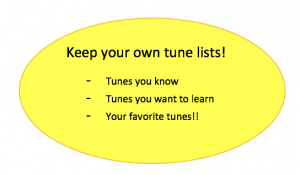
- Rhythm Changes
- Standards
- Jazz Standards
- Ballads
- Many more!
- Blues
-
-
-
-
3. Learning Tunes
-
SET GOALS. Always be working on learning at least one new tune at any given time. If you learn 2 tunes each week, that adds up to over 100 tunes in to your repertoire each year!! (Over how many years??)

Jazz is an aural tradition. You will learn better if you absorb them by ear, instead of trying to memorize them literally.
Strategies for learning tunes:
-
-
- Find at least 3 versions from classic recordings and check them out
- Listen enough times until you can sing the melody
- See if you can hear/sing the bass line
- Analyze the form (AABA, ABAC, 8 bar phrases, etc.)
-
With these techniques, you will become more well-versed in the jazz idiom, connect with players, and find some gems along the way. (You may even want to learn “Lover Come Back to Me!”)
Happy Practing!







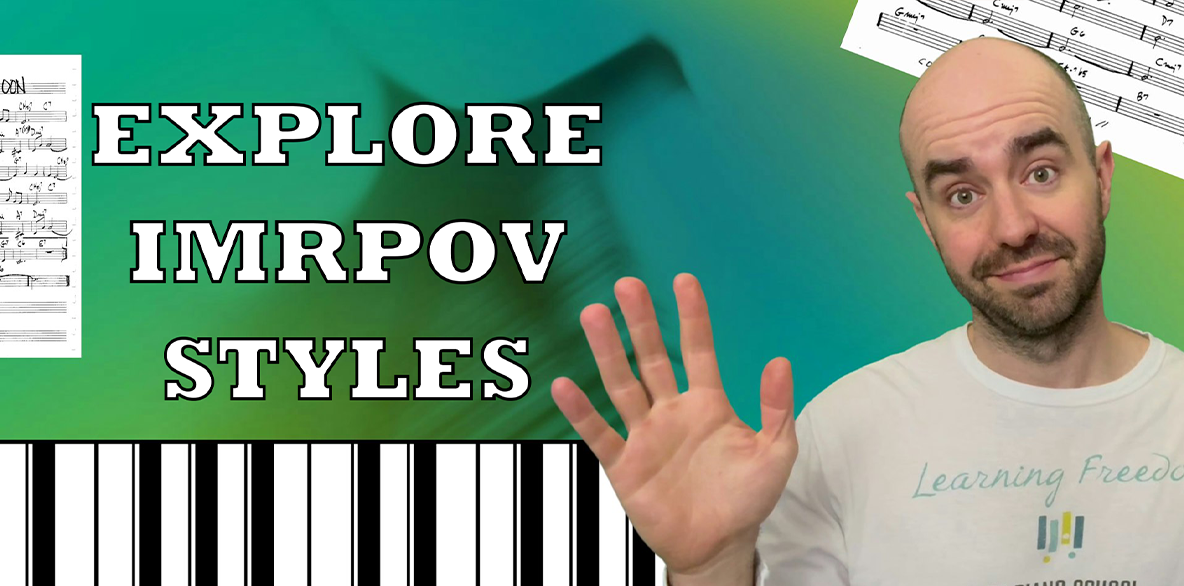

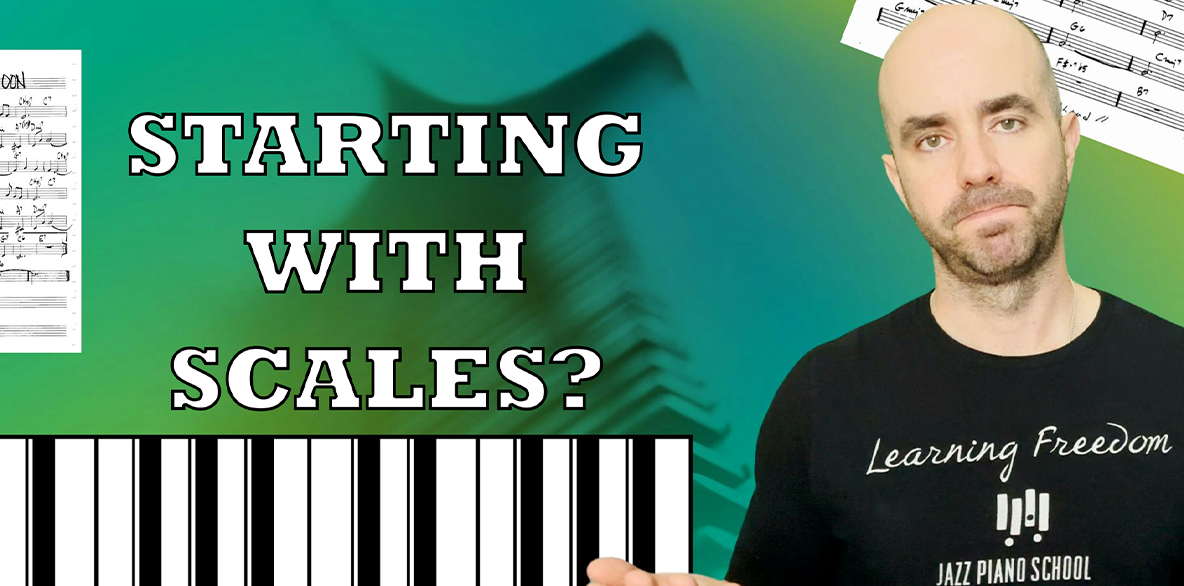
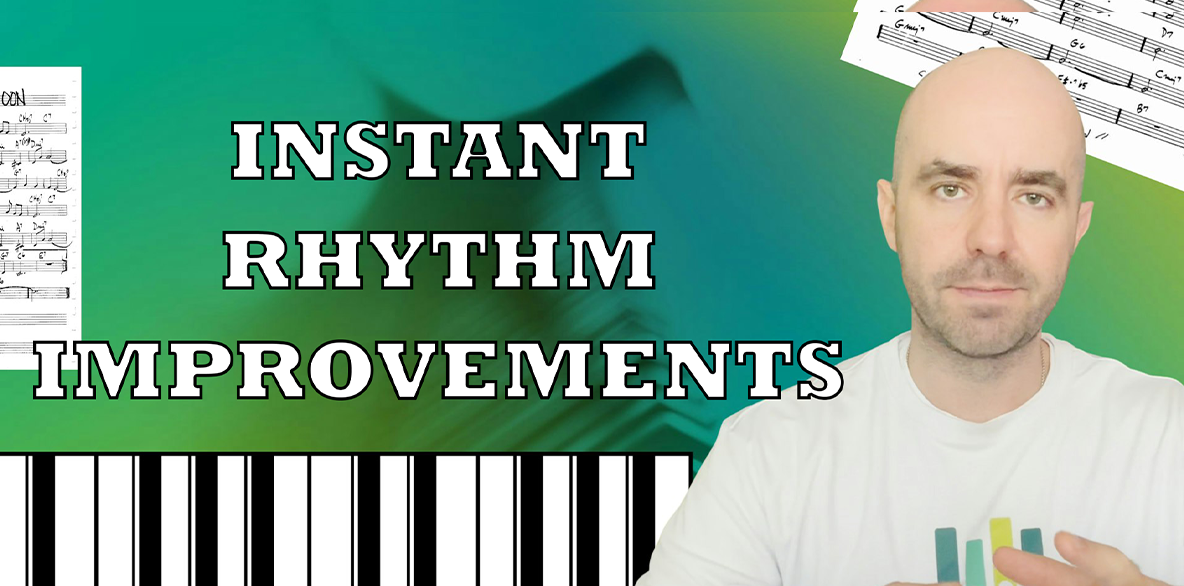
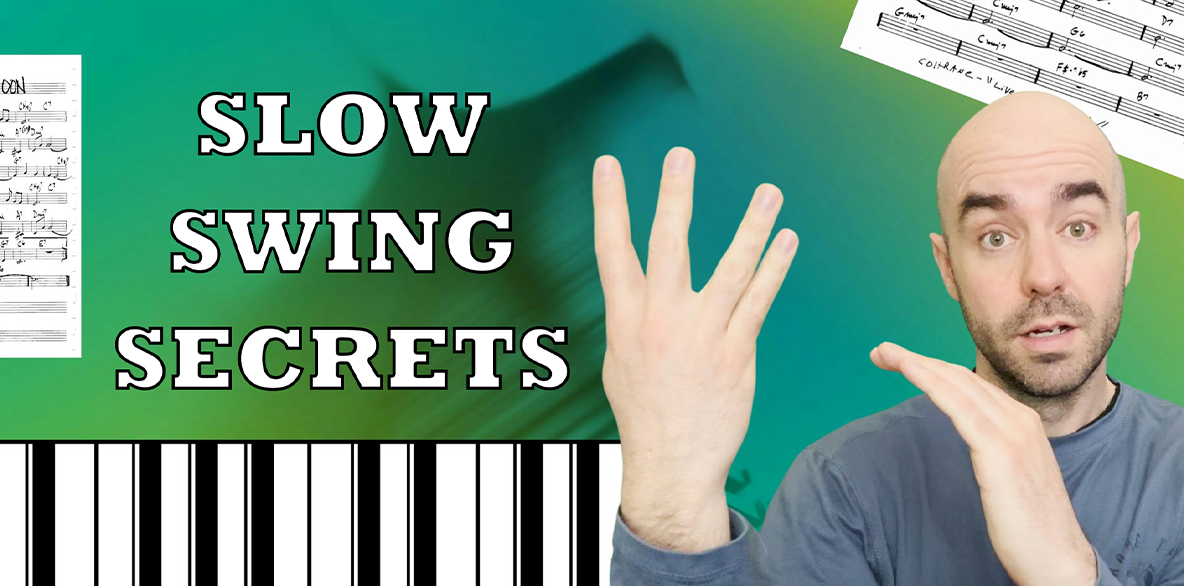

6 Responses
Very interesting.
Thanks Hugh, I can”t believe I taught this idiom so many times to my students, I nerver knew it was outdated, It appeared in every idioms book I checked, but never indicated as being old-fashioned. It seems that everything we learnt is kind of outdated now, that”s really frustrating! What could help us stay updated? Do you know a good book that includes information about idioms which are no longer used? diploma online
That’s spam.
Thanks, Liz. Take care and Enjoy your holidays
Billie Holiday’s version(s) are a great starting point for “Lover Come Back to Me”, as much for her individual phrasing and choice of notes as far her ever-stellar sidemen!!!
Absolutely Brad! Completely agree. Thanks for leaving the comment!